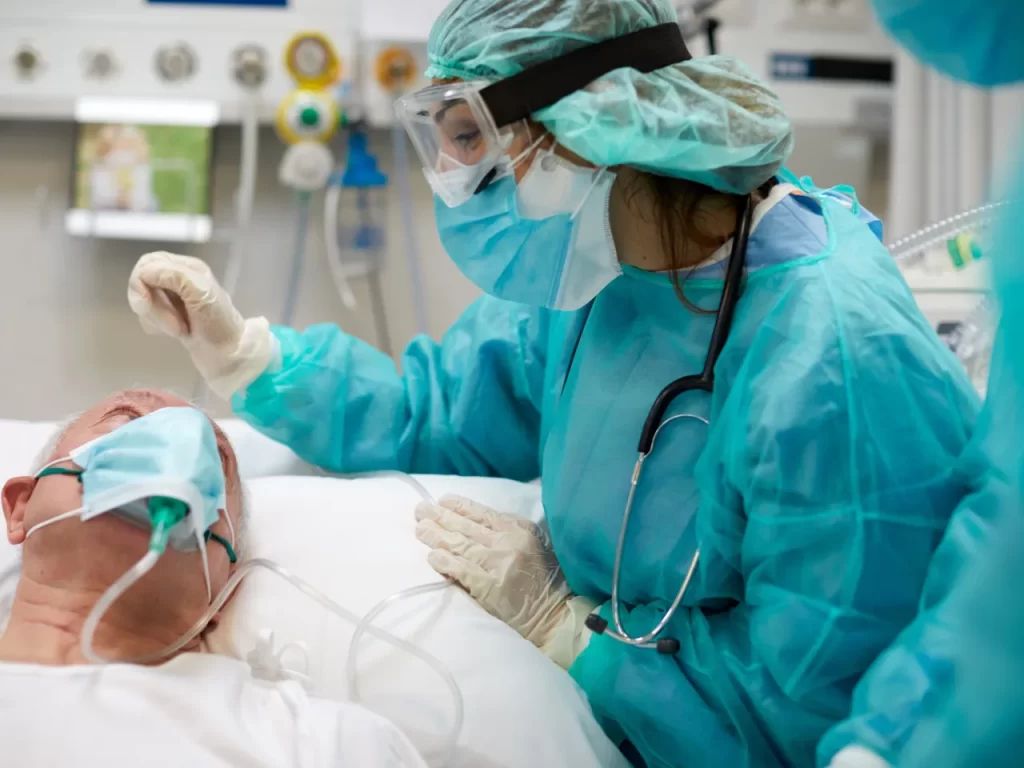
What is Surgery? You might be asking yourself this question without knowing anything about it. Here are some facts to help you understand the procedure. To understand the medical profession, you should first understand the science behind it. In the mid-19th century, the discovery of anaesthetics changed the practice of surgery. Previously, operations were traumatic and often limited to amputations and external growth removals. During the 1840s, scientists discovered anaesthetic chemicals such as chloroform and ether. American surgeon Crawford Long was one of the first to use ether, and Scottish obstesion and gynaecologist James Young Simpson discovered chloroform. Once the discovery of these chemicals changed the practice of surgery, surgeons began performing more complicated, internal surgeries.
Before surgery, nurses will review your medical history and take your blood pressure, pulse and weight. After you’re checked, you’ll change into a surgical gown and place personal items in a surgical bag. Hair from body parts will be shaved. Sedatives may also be prescribed, so make sure to let your anaesthetist know if you have any sedatives in your system. Depending on the procedure, you may be asked to stay in the hospital overnight.
General surgery, on the other hand, is commonly performed in the hospital to repair damage caused by disease, injury, or deformity. General surgery is performed when the disease is so severe that medication and other treatment options are not sufficient. General surgery, for example, treats the stomach, the intestines, the appendix, the liver, the lungs, the appendix, the breasts, and some arteries. Some types of surgery are specialized, such as brain surgery, and require special treatment and care.
Surgical procedures, however, may involve the cutting of tissues and resealing them. Some of these types of surgeries involve the use of surgical robots, operating microscopes, or lasers to make incisions in the body. In addition, procedures may involve the use of grafts that come from other people or animals. In general, surgical procedures require large incisions, a sterile environment, and the use of anesthesia.
Depending on the type of surgery, a hospital admission time will determine how long the procedure will take. Although earlier arrival may result in a faster surgery, this doesn’t mean that you can’t have a good night’s sleep. It is important to arrive on time for the surgery, however, because the hospital staff will keep you informed. The procedure can take hours, even days, so you should be prepared. If the procedure is minor, it might take only a few hours.
The procedure is also called a surgical margin. The surgeon will examine the margin of the cancer in a microscope to ensure that it is completely removed. A margin that does not contain cancer cells is known as a clear margin, whereas one that contains cancer cells is called a positive margin or close margin. Even if the margin is negative, the surgeon will make sure to take precautions to prevent any spread of the cancer. In either case, the surgery will be successful.








